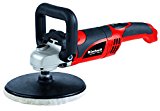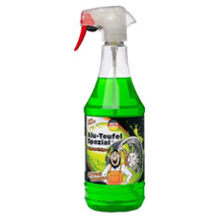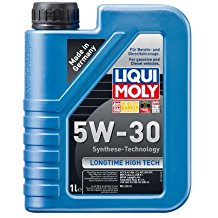Wheel cleaner purchasing advice: how to choose the right product
- The most important facts in brief
- Car rims need to be cleaned properly on a regular basis. Special cleaning agents remove brake dust and other dirt.
- Gentle agents clean in a pH-neutral way and sometimes even without a soaking time.
- Good rim cleaners are available for as little as ten to twelve euros per litre, which is enough for about 50 applications.
- Avoid skin contact during application and wear gloves and, if possible, respiratory and eye protection.
Treat rims with care
A car rim is the inner part of the wheel, i.e. without the tyre. It is usually made of steel and is often covered by a hub cap. Aluminium rims, on the other hand, are an important detail for many motorists in order to enhance the appearance of their vehicle. But wheels made of light metal are not only eye-catching, they are also much lighter than steel rims. This is particularly noticeable when changing tyres. However, if you want to enjoy your aluminium or chrome-plated rims for as long as possible, you should take good care of them. This is not limited to the way they are driven; regular cleaning is also necessary to ensure that the wheels retain their shine and that no damage occurs due to dirt.
The correct way to clean rims
While it is often sufficient to wash steel rims with hot water and to use a high-pressure jet in the case of stubborn dirt, this is not always the best way to clean aluminium rims. This is because they react differently to certain types of dirt. Brake dust is produced while driving and is very hot and burns itself into the rims, which are also heated up.
Special cleaning agents are available for cleaning car rims in the proper manner. At least twice a year, for example when changing the tyres, you should carry out the treatment – but at the latest when you notice heavy soiling on the wheels.
In many cases, rim cleaners work relatively independently. All you have to do is apply it – which is usually done in convenient doses via a spray bottle – and let it take effect. Be careful when applying the cleaner and do not let it get on the car’s paintwork, as this may be damaged. The exposure time varies from product to product, but is usually between three and ten minutes. Some manufacturers even promise an immediate effect. Do not leave the product on for too long. Otherwise, it may leave residues. In this case, wash the rims with a hose, high-pressure cleaner or cloth. More aggressive cleaners, especially those containing acids, can also attack the material under these circumstances.
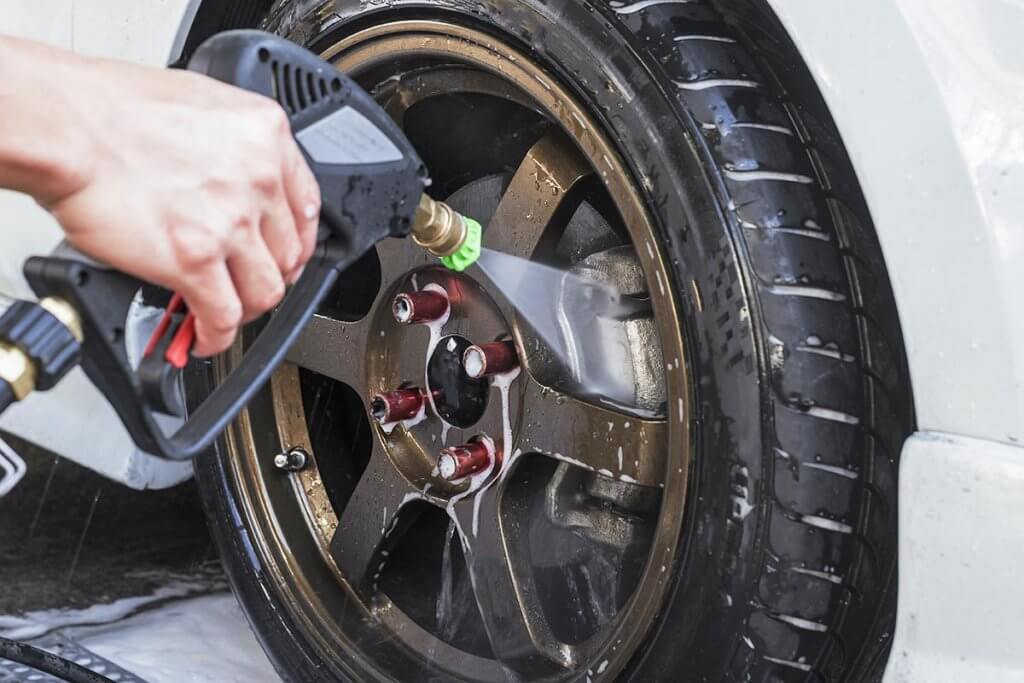
Pre- and post-processing
Only clean the rims when they are dry. Otherwise the cleaner will be diluted and lose its intensive effect. In addition, the rims should not be heated up, so treatment directly after a long drive is not advisable. If the cleaner is applied to a surface that is too hot, the active ingredients can quickly evaporate. Coarse dirt can be sprayed off in advance with a high-pressure cleaner or garden hose. In combination with cleaning the rims, either before or after, a trip through the car wash is a good idea.
While cleaning, you can also repair minor damage to the rims. Slight scratches, for example, can often be repaired with polish. As a final step in rim care, it makes sense to apply a sealant that will protect the material from future dirt longer and better.
Washing in designated places
You should clean the rims in a washing bay or in a self-service washing facility. This way you can be sure that the waste water drains off according to regulations and that no harmful substances get into the groundwater. Although some manufacturers advertise that their cleaners are biodegradable, their use is not generally safe. The agents are still chemicals that can have a corrosive effect. Rubber abrasion or other dirt can also get into the groundwater with the wastewater. In some cities and municipalities it is even forbidden to wash the car – and thus also the rims – on one’s own property or in places not specifically designated for this purpose. Violation of these regulations can result in heavy fines, sometimes in the four-digit range.
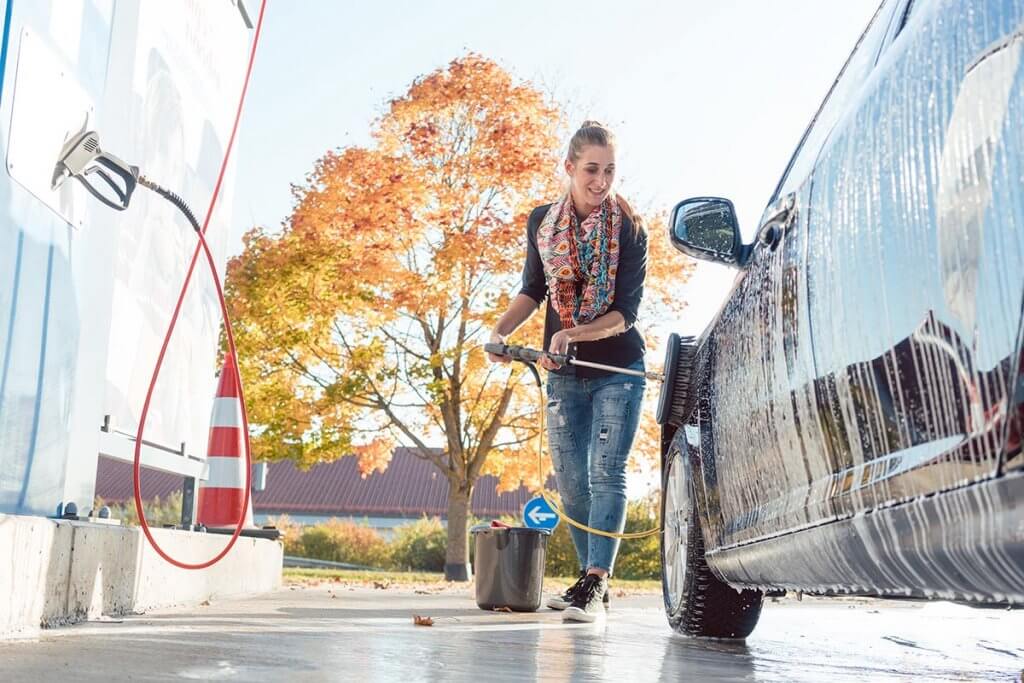
Costs and sizes
Rim cleaners are comparatively cheap. Even the more cost-intensive variants are around two to three euros per 100 millilitres. This amount roughly corresponds to cleaning a complete set of rims. About 50 rims can be cleaned with one litre of cleaner. Many manufacturers offer their product in five-litre canisters or even more, which makes the product even cheaper. Don’t be afraid to use a stock pack: rim cleaners usually have a long shelf life if they are stored in a cool, dry place, such as in the garage or cellar. However, close the lid tightly, otherwise the active ingredients can quickly evaporate.
Don’t experiment with home remedies
Some advisors also list oven cleaner as an alternative for the rims. However, this can be too intensive, especially for aluminium rims or painted rims. It’s better not to take any risks and buy a proper rim cleaner – it should be worth it for the care of your expensive vehicle accessories.
What do I need to know about rim cleaners?
Depending on what material the car rims are made of or whether they have a paint finish, you need to choose a suitable rim cleaner. Some agents are true all-rounders and clean aluminium and steel as well as lacquer and chrome-plated surfaces or even plastics; other products are specifically suitable for one type.
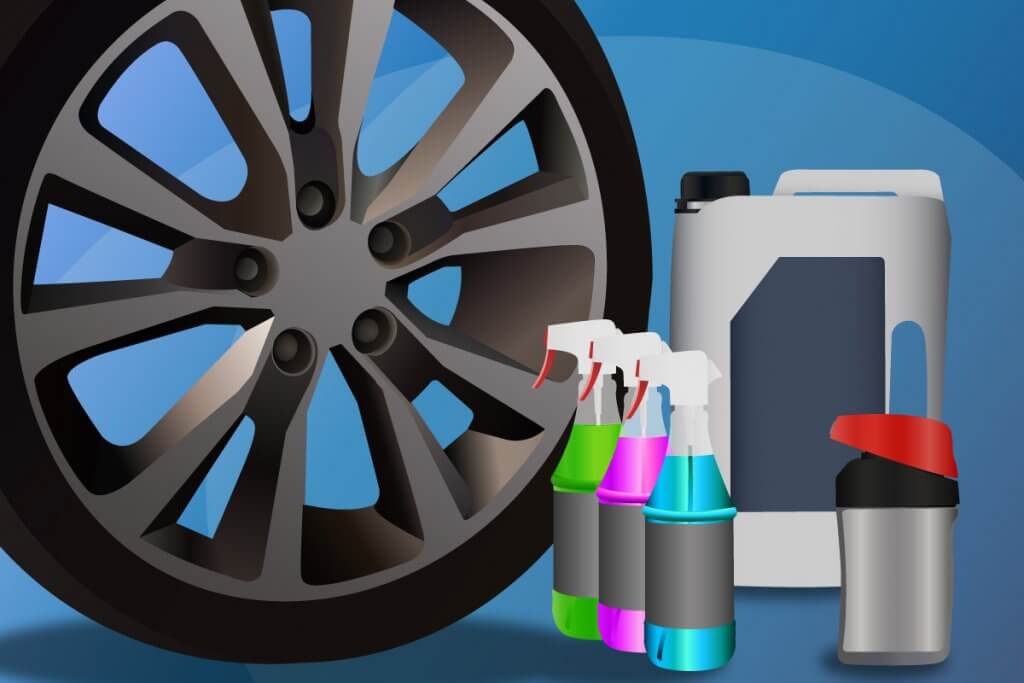
Residues
If you leave the detergent on longer than recommended, residues may appear. Sometimes this can only be seen after a few hours or after drying. In this case, you should wash the rim again with a cloth and warm water, and polish it if necessary.
Acid-free
If the cleaner is pH-neutral, it works much more gently than acidic or alkaline agents. This is especially important for delicate chrome-plated and painted rims. Acidic cleaners are more suitable for heavy or dried-on dirt and steel rims, but should be used with caution as they are very aggressive.
Colour change
Some cleaners change colour when they come into contact with the dirt on the rims. This serves as an indicator that the chemicals are reacting with it. The user can thus easily understand the effect of the cleaner: If the agent becomes noticeably darker or discoloured, it has dissolved the dirt and can be rinsed off.
Dosage form
Rim cleaners are usually offered either in liquid or gel form. The liquid can be applied with a spray bottle; this is quick and convenient. Gel, on the other hand, can be used more sparingly and can be applied in a more targeted manner, for example by spreading it on the rim with a cloth.
Avoid skin contact
You should not come into direct contact with rim cleaners, even with pH-neutral products that are gentle on the material. Use work gloves to be on the safe side. Otherwise allergic reactions may occur. If some of the cleaner gets on your skin, wash the affected areas immediately and thoroughly with warm water and soap.
Breathing protection or protective goggles against the aggressive vapours will also do no harm. If any of the cleaner gets into your eyes, rinse them carefully and thoroughly and dispose of any contact lenses. If you accidentally swallow some of the cleaner, consult a doctor or the Poisons Information Centre if you feel unwell.
Of course, you should keep the rim cleaner out of the reach of children. Especially the colourful products in the transparent bottles are very attractive to the little ones.
Carry out more intensive cleaning
If you neglect to clean the rims regularly, you may end up with particularly stubborn dirt that even the cleaner cannot cope with in the conventional way. In this case, you will have to help out with manual labour. There are special cleaning gloves or cloths made of microfibre that you can use to work in the cleaning agent. Certain brushes with wool or plastic fibre bristles that allow you to reach into corners, gaps and bolt holes can also be used to work on the rims. Some rim cleaners are available in a set with a rim brush or a microfibre glove.
Take special care with paint and chrome
Follow the rim manufacturer’s instructions for their care. Polished rims could be scratched with a brush. Tar particles that have settled on the surface may leave unsightly marks on painted rims if you work them with a cloth. Whether steel or aluminium rims, chrome-plated or painted – there is a suitable cleaning process for everything.
Don’t forget to clean the inside of the rims as well. The easiest way to do this is if you have access to a lifting platform. Then you can easily do the cleaning from below while the wheels are still mounted. Otherwise, you will have to remove the tyres, so cleaning the inside makes sense when changing from summer to winter tyres (and vice versa). You can even reach hard-to-reach areas with a special rim brush.
Particularly when cleaning the inside, it can happen that rim cleaning agent gets onto the brake discs. Therefore, take a short test drive afterwards and brake at low speed to loosen the residue.
Differences in rims
Car rims can be made of different materials, each of which has different maintenance requirements. The most robust is the steel rim, which is standard on most cars. It can also be cleaned with scratchy sponges, steel brushes and conventional all-purpose cleaner. However, dirt is usually not noticed so quickly because the visually inconspicuous rim is often covered by a hub cap.
The aluminium rim is lighter, brighter and more cost-intensive and is usually part of the equipment at extra cost when buying a car, but with more expensive brands it is sometimes part of the standard equipment. This light-alloy wheel is more susceptible to damage, for example by rolling grit, road salt or sand. If the damage is not recognised and repaired, it can lead to corrosion, which irreparably destroys the rims.
Especially in the tuning sector, paint finishes – for example in black or bright colours – are popular, as are chrome rims. However, these are not made entirely of chrome, but also of aluminium that has been coated with a chrome alloy and thus shines silver. Both alloys and paintwork are extremely susceptible to scratches, which can be caused, for example, by dusting with dirty cloths or cleaning with bristles that are too hard.



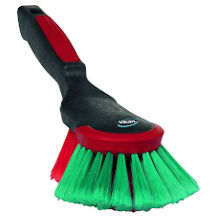

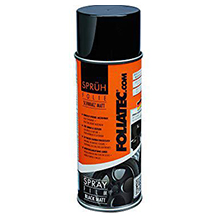
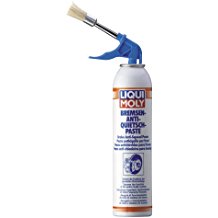

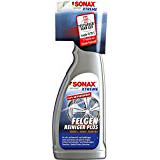
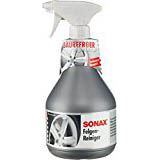
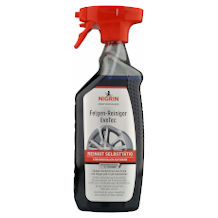
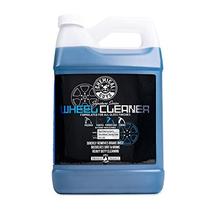
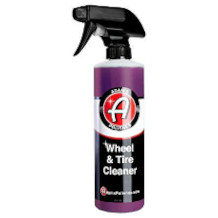
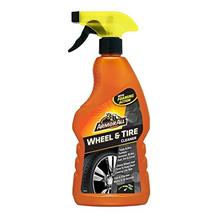
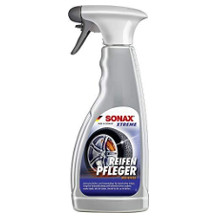

 2,593 reviews
2,593 reviews
